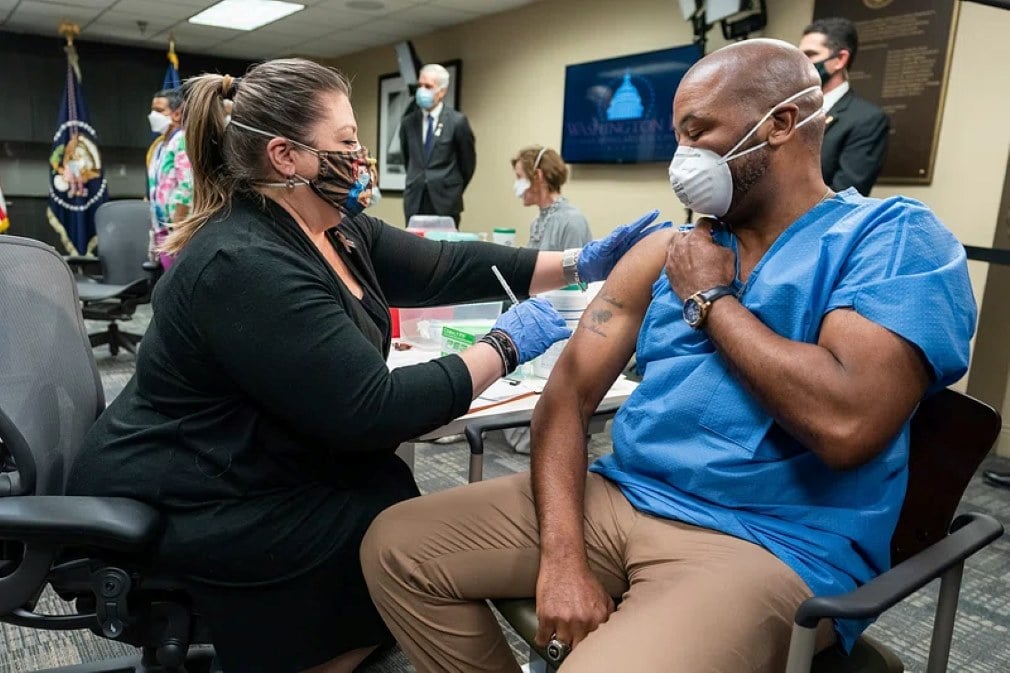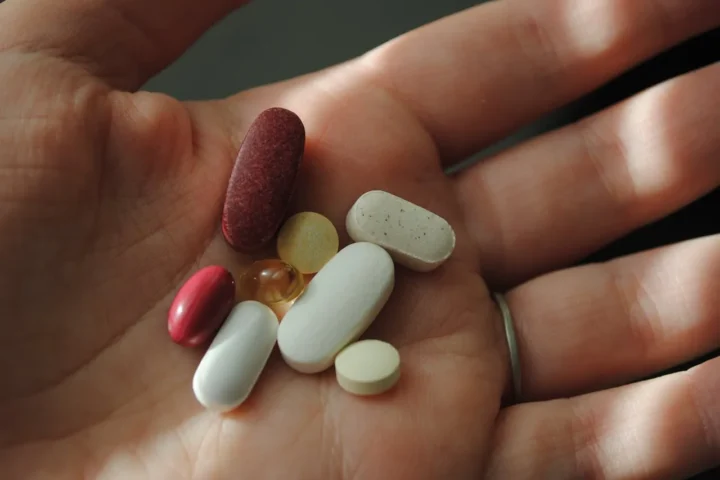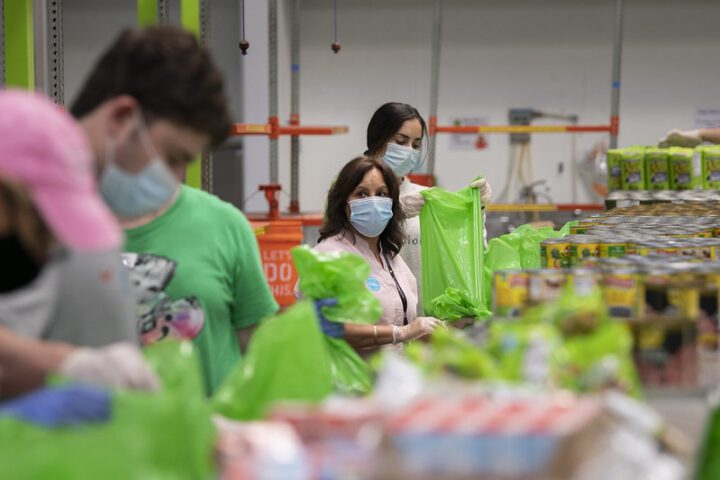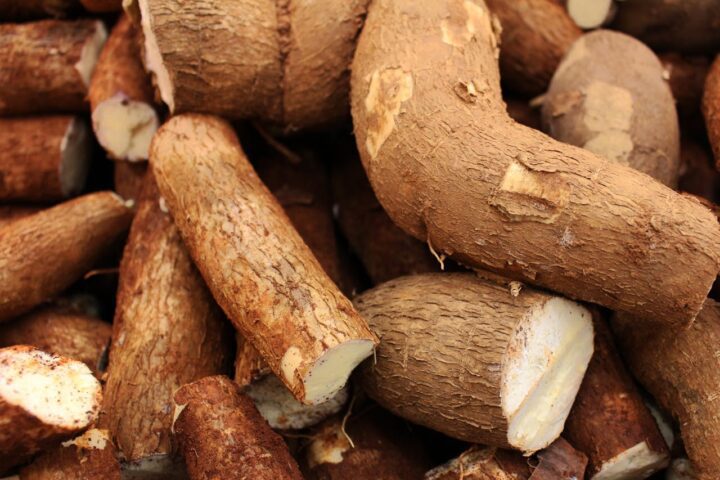A recent investigation by the Zurich Cantonal Laboratory has found serious hygiene problems in coffee machines that make milk-based drinks. Tests showed that one in four samples contained too many intestinal bacteria. This raises concerns about the cleanliness of machines many people use every day.
The laboratory tested 15 samples of milk drinks from various coffee machines last year. Results released by the canton of Zurich in July 2025 showed four samples had too much Enterobacteria. These bacteria live in human and animal intestines. Some types can cause diarrhea and stomach problems. One more sample had high levels of aerobic mesophilic bacteria, which points to poor cleaning practices.
The milk itself wasn’t the problem. Most coffee machines use pasteurized or UHT milk, which is almost germ-free when it enters the machine. The contamination happened inside the machines when bacteria grew on milk residues that weren’t cleaned away properly.
Coffee machines with milk systems have many small parts where milk can build up. This includes tubes, frothers, mixing chambers, and nozzles. Without daily cleaning, these areas become perfect places for bacteria to grow. The warm, moist environment inside coffee machines makes this problem worse.
After finding these hygiene issues, laboratory officials told machine operators about the problems. They instructed them to find the causes and fix them. Later checks confirmed that the problems had been solved. No more samples exceeded the safety limits.
Similar Posts:
The Zurich findings highlight a common but often overlooked food safety issue. A different German study from early 2024 looked at 25 coffee machines in hospitals and staff homes. It found some bacterial growth on all machines tested. However, most bacteria found were harmless types that normally live on skin or in the gut without causing problems. Few dangerous germs were found.
For coffee drinkers worried about contamination, there are several steps to take. Businesses should clean their machines daily. This includes running cleaning cycles, taking apart and sanitizing milk systems, and replacing worn parts regularly.
Home users should follow similar steps. Daily rinsing isn’t enough. Parts that touch milk should be cleaned thoroughly after each use. Deep cleaning cycles should be run weekly.
Besides health concerns, proper cleaning also affects how coffee tastes. Bacteria and old milk residue can make coffee taste sour or bitter. Regular cleaning also helps machines last longer by preventing damage to parts.
The coffee industry has responded by creating machines with automatic cleaning cycles and removable parts that can go in dishwashers. Newer models have temperature controls and cleaning functions designed to reduce bacterial growth.
More people are looking for information about how to clean coffee machines properly. This is part of a bigger trend where people care more about food safety in restaurants and cafes.
The Zurich laboratory findings remind us that even common appliances need regular cleaning to prevent health risks. The bacteria problems found were fixed through proper cleaning. This shows how important regular hygiene practices are.
For people who drink coffee regularly, especially milk-based drinks like cappuccinos and lattes, the message is clear: a clean coffee machine gives you not just better-tasting coffee, but also helps protect your health.



















